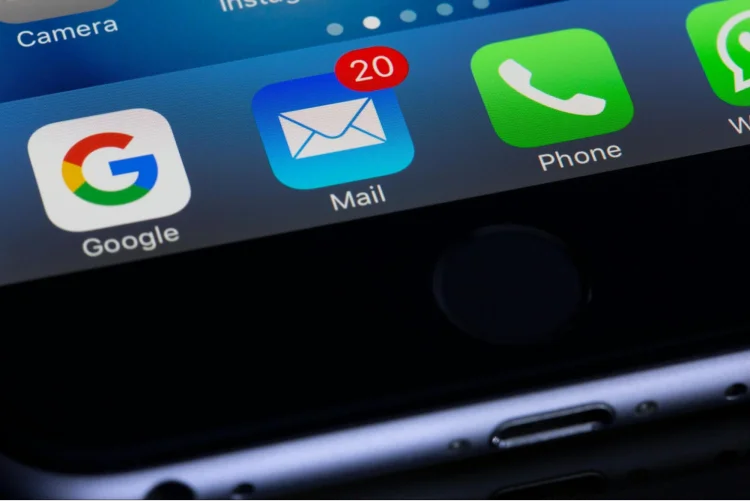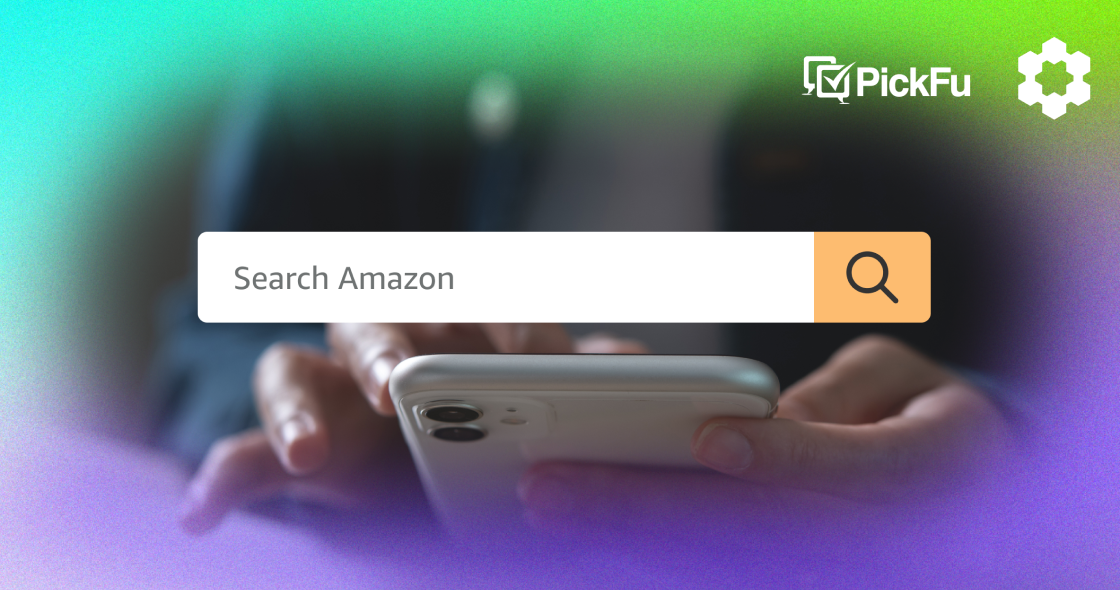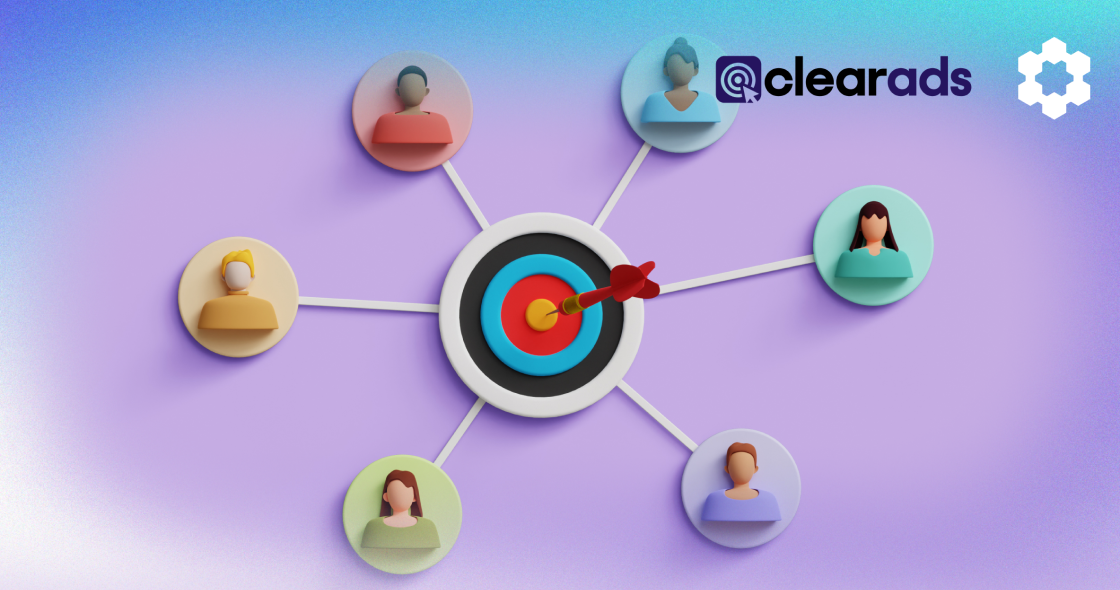Ever wondered why some brands seem to have the “magic touch?” How are they able to engage your attention (and win your business) over the sea of alike – and competing – businesses? It’s not just luck; it’s data. The secret to cutting through the noise lies in all the internal data you’ve been sleeping on.
If you want to set your business apart, taking advantage of this data is the first step. To unleash your brand’s full potential and connect with your audience, let’s dive into how you can leverage data-driven marketing insights to make your campaigns not just be seen, but felt.
What is Data-Driven Marketing?
Data-driven marketing is an approach to marketing that relies on insights and analysis of data to guide decision-making and strategy development. It involves collecting and analyzing data from various sources, such as customer interactions, demographics, purchasing behavior, website visits, and social media engagement, to understand customer preferences, behaviors, and trends.
By leveraging data insights, you can create more targeted and personalized campaigns, optimize marketing efforts for better performance, measure the effectiveness of marketing initiatives, and make data-informed decisions to drive business growth and customer engagement. Overall, data-driven marketing enables you to be more efficient, effective, and customer-centric in your marketing efforts.
Key Components of a Data-Driven Marketing Strategy
The main components of a data-driven marketing strategy include:
- Data Collection: Gathering relevant data from various sources such as customer interactions, website traffic, social media, and transactions.
- Data Analysis: Analyzing collected data to gain insights into customer behavior, preferences, trends, and patterns.
- Customer Segmentation: Dividing the audience into distinct segments based on shared characteristics, demographics, behaviors, or preferences.
- Targeting: Tailoring marketing messages, offers, and campaigns to specific audience segments identified through segmentation.
- Personalization: Delivering customized and relevant content, products, or recommendations to individual customers or segmented groups based on their unique attributes and behaviors.
- Automation: Implementing automated processes and tools to streamline marketing activities, such as email marketing, ad targeting, and campaign management.
- Measurement and Optimization: Monitoring marketing performance indicators (KPIs) to evaluate the effectiveness of efforts and making data-driven decisions to optimize strategies for better results.
By integrating these components into your data-driven marketing approach, you can utilize data effectively to drive customer engagement, increase conversions, and achieve your marketing objectives.
If you’re a new seller and feeling overwhelmed with too much data, sidestep data overload with D8aDriven’s comprehensive dashboard of valuable insights. By leveraging its in-depth reporting and automated tasks, you can translate insights into tangible outcomes.
Demystifying Customer Segmentation: Strategies for Effective Retargeting

Imagine you’re at a party. Unless you’re like me and socially awkward, you probably wouldn’t strike up a conversation with everyone you talk to the exact same way, right? Depending on who you’re engaging with, the nature of how you address and interact with them will likely vary.
In marketing, this is what we call “customer segmentation.” It’s about knowing your audiences, understanding their unique journeys, and tailoring your message so it feels a lot more personalized. Segmentation and retargeting efforts are important for a few reasons (all of which support more sales for your business):
- Personalization: Segmentation allows you to divide your audience into smaller, more targeted groups based on specific characteristics or behaviors. This enables personalized marketing messages and offerings tailored to the unique preferences and needs of each segment.
- Improved Engagement: By delivering relevant content and promotions to segmented audiences, you can enhance engagement levels. Retargeting efforts further reinforce brand visibility and encourage conversions by reconnecting with users who have previously interacted with the brand.
- Increased Conversions: Targeted messaging and personalized recommendations increase the likelihood of conversions. By focusing resources on audiences more likely to respond positively, you can optimize your marketing efforts and drive higher conversion rates.
- Cost Efficiency: Segmentation and retargeting help maximize the efficiency of marketing budgets by directing resources towards high-potential segments and individuals. This minimizes wasteful spending on broad, untargeted campaigns that may not yield significant results.
- Customer Loyalty and Lifetime Value: Building meaningful relationships with segmented audiences fosters customer loyalty and increases customer lifetime value. By consistently delivering relevant and valuable experiences, you can cultivate long-term relationships and drive repeat purchases.
When forming targeted marketing strategies, consider creating the following segments in your Customer Relationship Management (CRM) software:
Website Visitors
Website visitors represent the broadest segment of your audience, yet they are far from similar. These potential customers have shown initial interest just by visiting your website, offering an opportunity for further engagement. To tailor your approach, consider segmenting these visitors by the recency of their visit, the specific pages, products, or categories they viewed, or even the amount of time they spent on your site. This allows you to create personalized messages that resonate with their recent experiences and interests, making your potential customers feel understood and valued.
Cart Abandoners

Cart abandoners are a segment teetering on the edge of conversion, having shown significant interest by adding items to their cart. This group requires a delicate nudge, with reminders that are persuasive but not pushy. Segmenting by the types of products left in the cart or the time since abandonment can help tailor your messages to reignite their interest. For instance, sending a reminder about an abandoned cart within 24 hours, coupled with reviews or additional information about the products they considered, can effectively push them toward completion.
High-Value Past Customers
High-value past purchasers are the gold standard of your customer base, having previously demonstrated their willingness to invest in your products or services. To re-engage this segment, consider their past purchase history, favoring recency and frequency, as well as the categories or specific products they’ve shown a preference for. Tailored messages that acknowledge their past purchases and suggest related products or exclusive offers can reinforce their value to your brand and encourage repeat business.
Repeat Buyers
Repeat buyers are your brand’s loyalists, regularly choosing your products over the competition. This segment is ideal for personalized messages and rewards. By analyzing the patterns of their purchases, such as favorite product categories or seasonal buying trends, you can offer tailored discounts, early access to new products, or exclusive content that resonates with their preferences and encourages continued loyalty.
Social Media Engagement
Social media engagement segments consist of users who interact with your brand on social platforms. These interactions can range from likes and comments to shares and follows. Segmenting this group by the content they interacted with and the recency in which they interacted allows for highly targeted social media campaigns that foster a sense of community and brand affinity. Engaging content that resonates with their interests or encourages further interaction can significantly boost your brand’s presence and appeal.
Email Engagement

Email engagement captures those who open, read, and interact with your email campaigns. Segmenting this audience by their interaction level—such as frequent openers or those who click through on specific types of content—enables you to refine your email strategy and deliver paid ads to your most engaged customers. Tailoring content to their interests, whether it’s educational material, product updates, or exclusive offers, can enhance engagement and drive conversions.
Top Visitors by Time Spent on Site
Potential customers who have spent more time on your site are more likely to convert compared to someone who may have navigated to one of your pages for 30 seconds and left. Segmenting by the content consumed or the total time spent allows for personalized follow-ups acknowledging their interest level. Offering more of what they spend time on, whether it’s blog posts, tutorials, or product comparisons, can nurture this interest into a lasting relationship.
Video Watchers
Video watchers who engage with, let’s say, 75% or more of your video content are a unique segment with a demonstrated interest in your brand’s visual storytelling. Segmenting by the types of videos watched, whether product demos, behind-the-scenes looks, or educational content, provides insights into their preferences. Tailored messages that include more of the video content they enjoy, or invitations to exclusive video releases, can keep them engaged and deepen their connection to your brand.
Easily access your entire Amazon customer database, including repeat buyers with ManageByStats. You can then leverage your customer data to build and execute custom buyer/seller messaging with personalized customer outreach emails.
Getting Personal: The Heart of Audience Connection
So you’ve segmented your audience, now what? In the world of data-driven marketing, personalization is king. And no, I’m not just talking about slapping a first name on an email. I want you to really get to know your audience:
- Who are they?
- What makes them tick?
- What do they like?
- What do they dislike?
- What are their pain points that your product can solve?
The first step to creating truly personalized ads is to dive deep into your audience’s demographics, interests, behaviors, and psychographics. Utilize surveys, social media interactions, and website analytics to build detailed customer personas. These personas should reflect basic demographics and their goals, challenges, preferences, and lifestyles.
For example, if you’re a fitness brand, your segments might include busy professionals looking for quick workouts, parents seeking family-friendly activities, or serious athletes aiming for performance improvement. Each group requires a different approach to messaging, imagery, and offers.
Craft ads tailored to your target demographic by delving into their desires and pain points. Amazon Attribution (AA) aids in this endeavor, offering insights into user behavior and purchasing habits. Yet, AA lacks the ability to relay data back to off-Amazon ad platforms, unlike the Facebook Pixel, which excels in retargeting. Amazon’s restrictions on redirecting traffic off their site limit AA’s utility for optimizing Google and Facebook Ads. To overcome this challenge, consider utilizing off-Amazon ad platforms like PixelMe, enabling cross-channel tracking and enhancing conversion rates.
Crafting Personalized Messages
Once you understand your audience, tailor your messages to resonate with each segment’s unique needs and interests. For instance:
- Busy Professionals: Highlight the efficiency and flexibility of your workouts with phrases like “Maximize your fitness in just 20 minutes a day.”
- Parents: Focus on the fun and bonding aspect of your activities with messages like “Keep the whole family active and engaged.”
- Serious Athletes: Emphasize your products’ or services’ advanced features and benefits with targeted messaging like “Take your performance to the next level with our pro workout series.”
Leveraging Social Proof
Incorporate reviews, testimonials, and user-generated content in your ads to speak directly to your audience’s concerns and preferences. For example, if cart abandoners are often hesitant about product quality, an ad featuring customer testimonials can address this pain point and encourage them to complete their purchase.
Experiment and Optimize
Personalization is not a set-it-and-forget-it strategy. Continuously test different messages, offers, and content formats to see what resonates best with each segment. Use A/B testing to refine your approach, and always be prepared to adjust your strategy based on performance data and changing audience needs.
How to Split Test Multiple Ad Formats and Placements
To maximize the effectiveness of your Amazon advertising campaigns, it’s crucial to split test multiple versions of your ad formats and placements. This systematic approach involves several key steps.
Firstly, identify the metrics that align with your campaign goals, whether it’s higher click-through rates (CTR), conversion rates, or overall sales. Next, experiment with variations in ad formats, utilizing Amazon’s Sponsored Products, Sponsored Brands, and Sponsored Display ads, while tweaking visuals, copy, and targeting options. Utilizing tools like PPC Entourage can streamline this process, automating campaign management and optimization. Additionally, test different ad placements across Amazon search results, product detail pages, and off-Amazon placements to identify where your ads perform best.
Conduct A/B testing by running simultaneous campaigns with one variable changed at a time, such as imagery or targeting options. Experiment with ad scheduling and duration to determine optimal timing for reaching your audience.
Refine audience targeting using off-Amazon ad tools like PixelMe to explore different demographics, interests, and behaviors. Test various keywords if using Sponsored Products or Sponsored Brands, analyzing which generate the most engagement.
Lastly, regularly measure and analyze campaign performance using reporting tools or analytics to identify top-performing formats and placements. Based on these insights, optimize successful campaigns and allocate more budget to high-performing strategies. Remember to iterate and repeat this process continuously to adapt to evolving consumer behaviors and preferences, ensuring ongoing success in your Amazon advertising campaigns.
How Automation Can Help
We get it, data can be overwhelming, but automation tools like From the Future (FTF) and Carbon6 are here to make it simple and, dare we say, a bit fun. Think of us as that friend who always knows what to say and when to say it. For instance, FTF has what it takes to dive in the sea of data, fish out the pearls, and help you craft messages that don’t just reach people but really speak to them. It’s all about making your brand feel like a familiar face in the crowd, standing out by fitting in with what your audience loves.
Our tools are not about one-size-fits-all solutions. Your brand is unique, and your marketing should be, too. That’s why the focus should be on personal touches that make a BIG impact. From tailoring your message to match the vibe of each customer segment to finding creative ways to keep them engaged over time, we’re all about helping you build those lasting connections.
Connecting Through Insights
Knowing your audience and creating personalized ads for them isn’t just about using data smartly; it’s about building genuine connections and providing value that resonates personally. By harnessing the power of data-driven marketing insights, you’ll be able to focus on the nuances of your audience’s desires and pain points, which you can then use to craft personalized marketing campaigns that not only capture attention but also inspire action. Remember, in the digital age, personalization is the key to standing out and making your message count.








